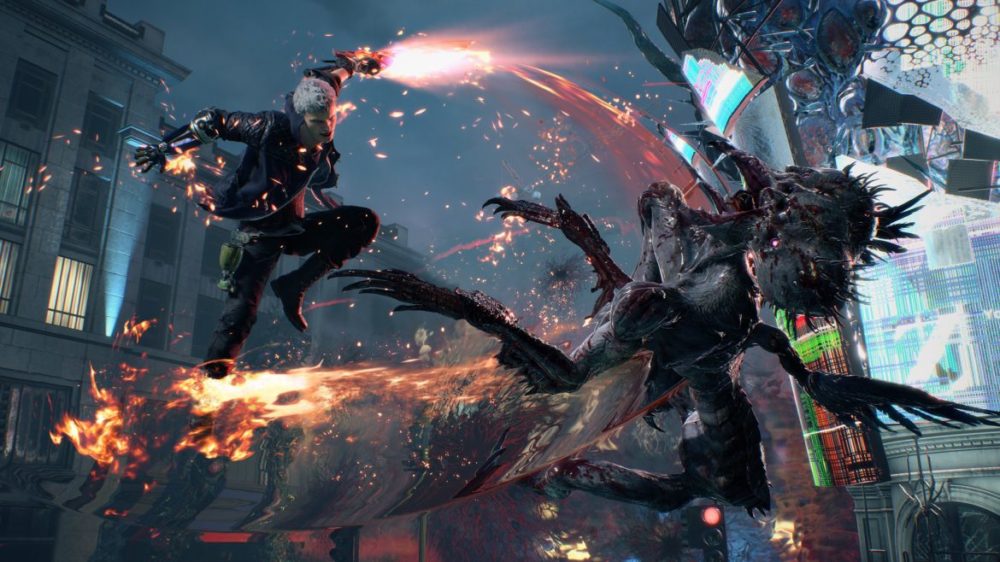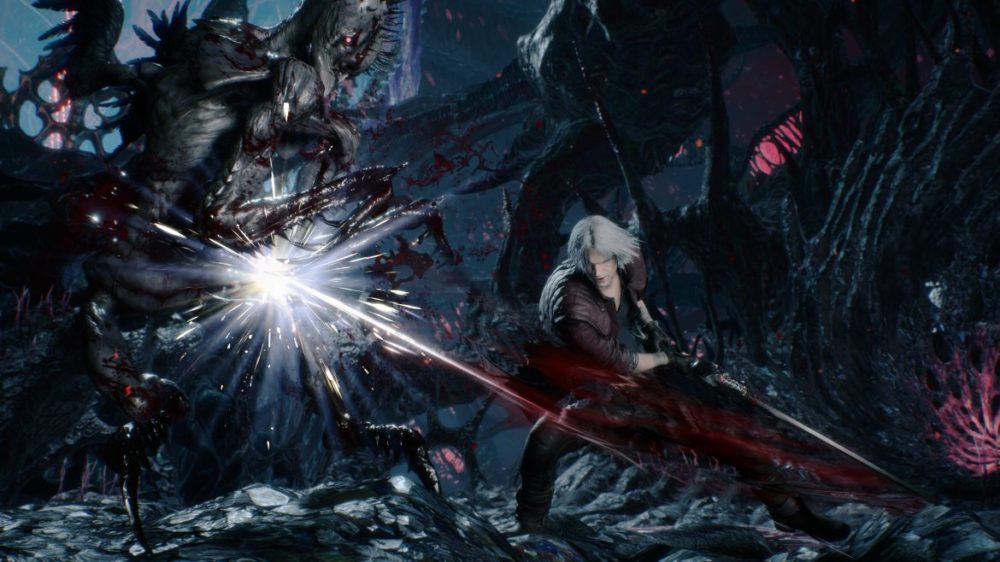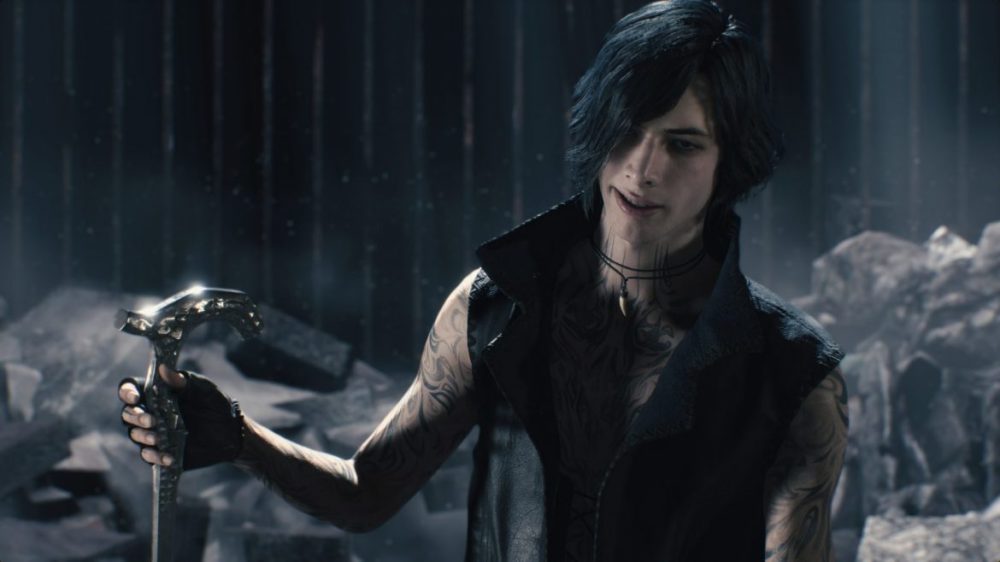TL;DR
Devil May Cry 5 proves that evolving a franchise doesn't mean abandoning its roots. This stylish hack-and-slash refines presentation and introduces new characters like the intriguing V, all while sticking to its core combo-driven gameplay. Despite some last-gen level design and optional microtransactions, its free camera and stunning visuals deliver an electrifying experience. Ready to see if this demon slayer lives up to the hype? Read on for our full breakdown!
Devil May Cry 5 highlights the importance of continuous evolution in game development. While established franchises need to maintain core elements to satisfy existing fans, stagnation is detrimental. Much like God of War, which successfully reinvented its core gameplay loop, Devil May Cry 5 refines its presentation. However, its game mechanics retain a decidedly old-school feel, which, surprisingly, works to its advantage in this instance.

Set after the events of Devil May Cry 4, the game opens with Dante facing the formidable archdemon Urizen. While his initial fate appears uncertain (his presence on the cover mitigates any suspense), his eventual return is a welcome addition to the narrative. Players initially control Nero, the brash protagonist introduced in the fourth installment with his signature demon arm. Later, the mysterious V becomes playable. V possesses a unique aesthetic and wields devastating power through his supernatural familiars. As in previous installments, Devil May Cry 5 centers on executing stylish and intricate demon-slaying combos. Player performance is graded during combat, ranging from D (Dismal) to SSS (Smokin’ Sexy Style!!!), with overall level scores granting bonuses in the form of red orbs. One notable change in DMC 5 is the introduction of microtransactions, allowing players to purchase bundles of 100,000 orbs for $30. This feature caters to players seeking accelerated progression or those less confident in their combat abilities. However, Devil May Cry 5 features a generous reward system, enabling most players to acquire upgrades organically throughout the adventure. The option remains entirely optional and is not integral to the core gameplay experience.
For novice players, Devil May Cry V offers both Human (easier) and Devil (harder) difficulty modes. Additionally, holding down R3 enables a fully automatic combo system, simplifying gameplay considerably. While potentially useful for players intimidated by complex button inputs, mastering combos independently offers a more rewarding and engaging experience.

Long-time fans of the original Devil May Cry games will recall their fixed camera angles and Resident Evil-inspired perspectives, which often led to disorientation. In contrast, Devil May Cry 5 marks a significant departure with a completely free camera system – the first in the series in 18 years. While largely successful, occasional wobbles and imprecision reveal the relative novelty of this approach for the developers. The graphics have been significantly upgraded, particularly on enhanced console versions (PS4 Pro or Xbox One X are recommended for optimal performance). The audio design is exceptional, featuring well-mixed sound effects, high-quality dialogue, and a perfectly integrated rock soundtrack that enhances the sense of scale.

One area for potential improvement is the level design. Devil May Cry 5 retains a somewhat last-gen feel, characterized by small, linear levels, short sequences, and frequent interruptions from animations and cutscenes. Just as the player becomes immersed in the action, they are often interrupted by a quip from Nero or another scene with limited narrative depth (although the story does improve in the latter half of the game). For the next iteration of Devil May Cry – likely on next-generation consoles – retaining the core action-focused gameplay and challenging boss battles is crucial. However, drawing inspiration from open-world successes such as Assassin’s Creed, Witcher, and the latest God of War, or even the original Darksiders, could significantly enhance the experience. A more expansive world could facilitate deeper and more engaging storylines, seamlessly blending the franchise’s signature action with richer narrative and exploration. This would elevate an already enjoyable experience to new heights.
Footnote: Capcom has implemented minor censorship in the PS4 version, primarily covering instances of exposed skin with strategically placed light sources. The Xbox One version does not exhibit this censorship. Otherwise, the versions perform similarly.

